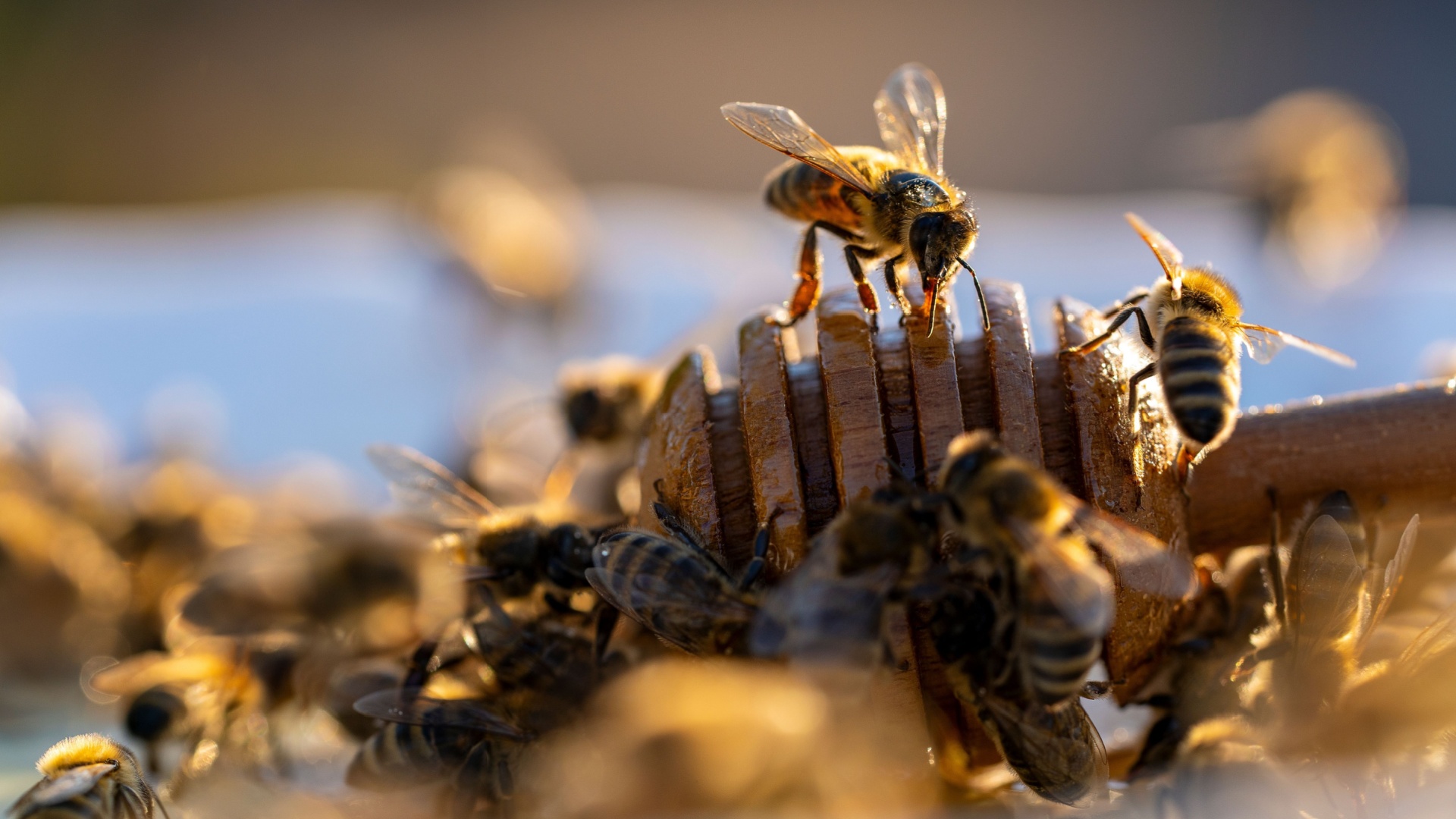Bees are among the most important creatures on our planet, playing a crucial role in the pollination of plants and the production of food. Their fascinating behaviors and the intricate dynamics of their colonies offer endless insights into nature’s wonders.
Discover unique and captivating facts about bees, highlighting why their existence is vital for biodiversity and the environment.
1. The Ancient Buzz
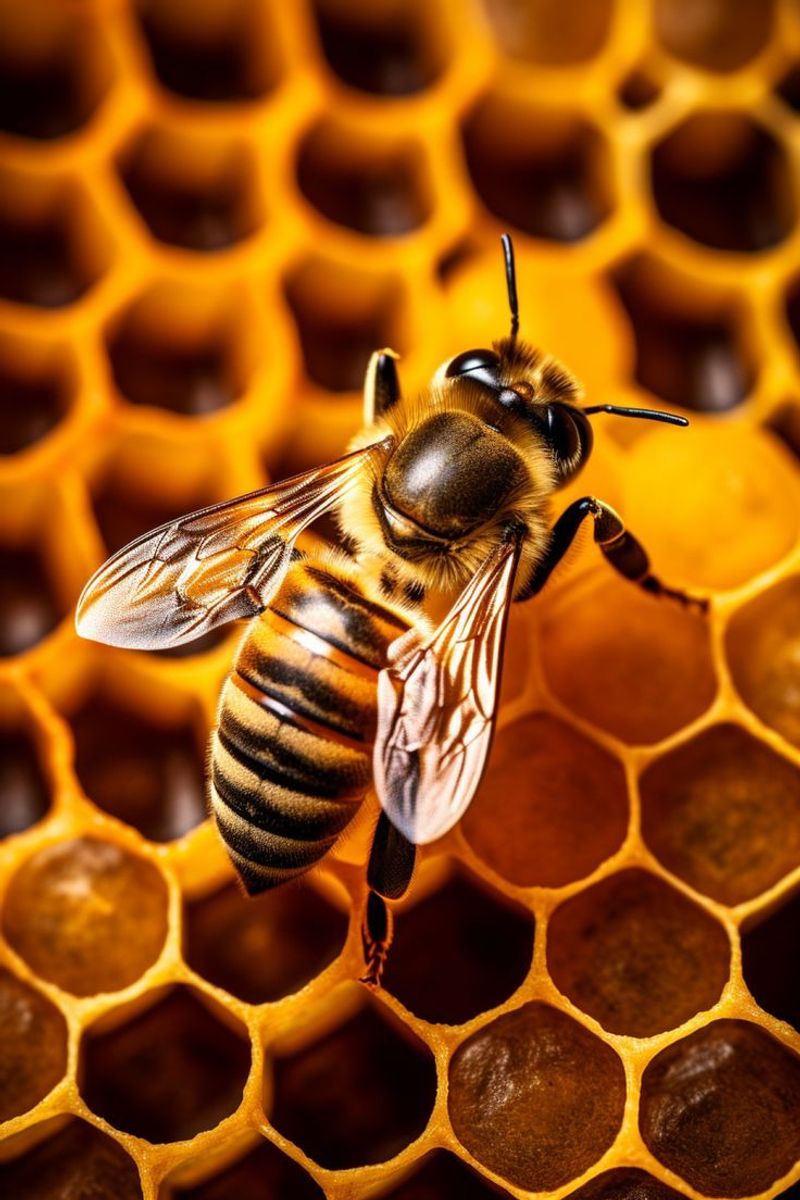
In the annals of time, bees have been around for millions of years, far longer than humans. Archeologists have discovered ancient cave paintings in Africa depicting bees, revealing how our ancestors revered and understood these buzzing creatures. These paintings, dating back thousands of years, illustrate the importance of bees in early human societies, where they were likely seen as mystical beings responsible for the bounty of nature. The symbolic importance of bees is also evident in ancient Egyptian culture. Egyptians believed bees were born from the tears of the sun god Ra, showcasing their divine significance. This reverence for bees underscores their essential role in the ecosystem, even in ancient times. Today, bees continue to captivate and inspire, their long history serving as a reminder of their resilience and adaptability in the face of changing environments. Reflecting on this ancient connection, modern conservation efforts aim to preserve these invaluable pollinators for future generations. Understanding the deep-rooted relationship between humans and bees can inspire more sustainable interactions with nature, ensuring that bees continue to thrive as they have for millennia.
2. Queen Bee’s Reign
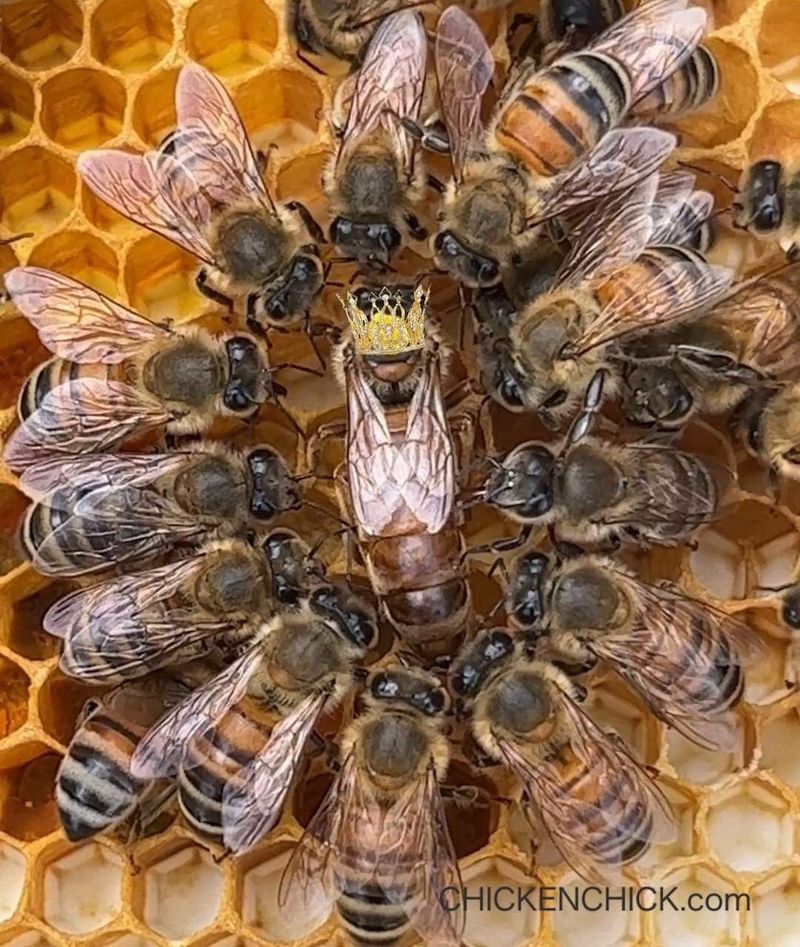
At the heart of every bee colony resides the queen bee, a majestic figure responsible for the survival and continuity of her hive. Her reign is marked by her ability to lay thousands of eggs, ensuring the colony’s growth and development. The queen’s larger size and unique pheromones set her apart, allowing her to command the loyalty and service of her worker bees. The selection of a new queen is a fascinating process. When a queen’s time is nearing its end, worker bees select larvae to be the potential new queens, feeding them royal jelly. This nutrient-rich substance allows the chosen larva to develop into a queen. This meticulous selection process ensures that the colony remains strong and productive. The queen bee’s role extends beyond reproduction; her presence and pheromones maintain harmony within the hive. Her leadership is vital, as it directs the activities of the entire colony, from foraging to defending the hive. The queen bee’s reign is a testament to the intricate social structure and cooperation within a bee colony, reflecting the delicate balance of nature’s systems.
3. Worker Bees’ Duties
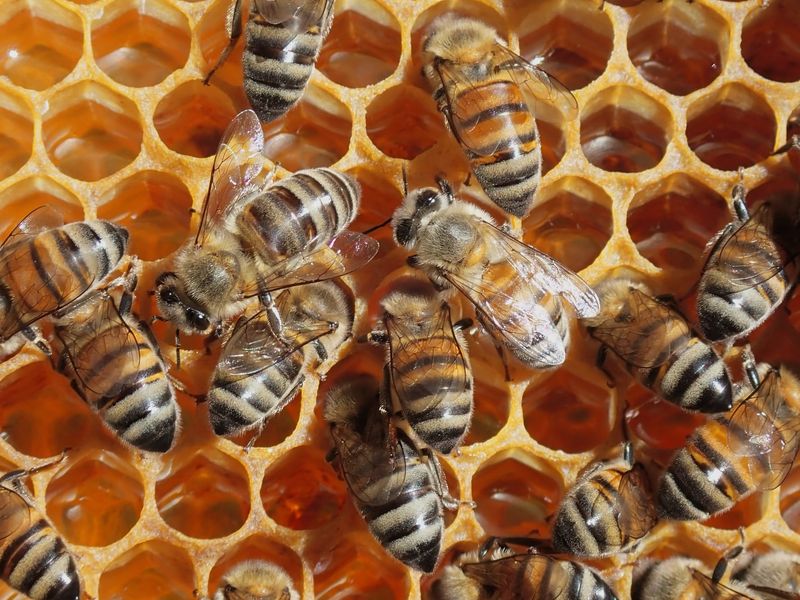
In the vibrant world of bees, worker bees play a pivotal role in maintaining the hive’s functionality. These diligent bees, all female, wear many hats, from foraging for nectar and pollen to nurturing the young larvae. Their unwavering commitment ensures the hive’s success and the queen’s needs are met. A worker bee’s life is a testament to adaptability and productivity. As they age, their tasks evolve—from cleaning the hive and feeding the larvae to eventually becoming foragers. Their foraging flights, often spanning miles, are essential for pollination, aiding in the production of food crops worldwide. Their tireless work doesn’t stop at gathering food; worker bees are also responsible for hive security, using their stingers to protect against intruders. They ensure the hive maintains optimal temperatures by fanning their wings to cool it down during hot days. This multifaceted role highlights the worker bees’ importance in upholding the colony’s health and prosperity. Their dedication and teamwork exemplify nature’s capacity for cooperation and specialization, securing their place as vital contributors to the ecosystem.
4. Drone Bees’ Purpose
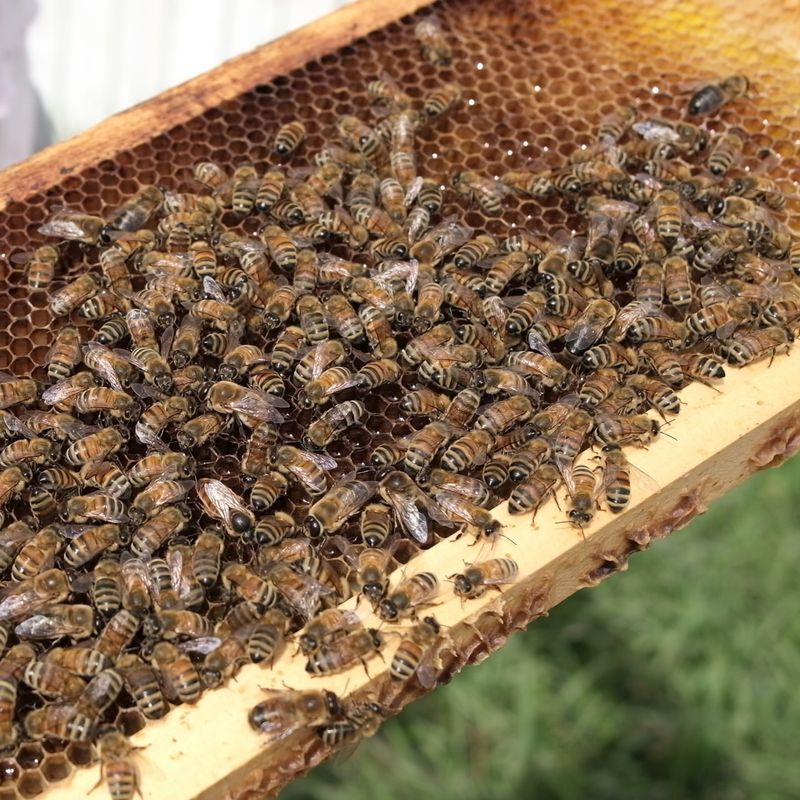
Within the complex structure of a bee colony, drone bees occupy a unique niche, distinct from their worker and queen counterparts. These male bees are primarily tasked with mating with a queen, ensuring the genetic diversity and continuation of bee populations. Drones are easily identifiable by their larger size and notably big eyes, which aid in locating queens during their nuptial flight. While they do not collect nectar or pollen, and possess no stingers, their presence is crucial for the reproductive success of colonies. Drone bees are often seen in congregation areas, eagerly awaiting the chance to fulfill their primary purpose. Despite their limited function, drones are a vital component of the bee colony’s lifecycle. In times of food scarcity, drones may be expelled from the hive to conserve resources, highlighting the colony’s need to prioritize survival. This adaptive behavior ensures that resources are directed towards those that contribute directly to the hive’s immediate well-being, namely the queen and worker bees. Drones’ existence underscores the intricate balance of roles within bee colonies, each contributing to the overall health and continuity of their community.
5. Pollination Powerhouses
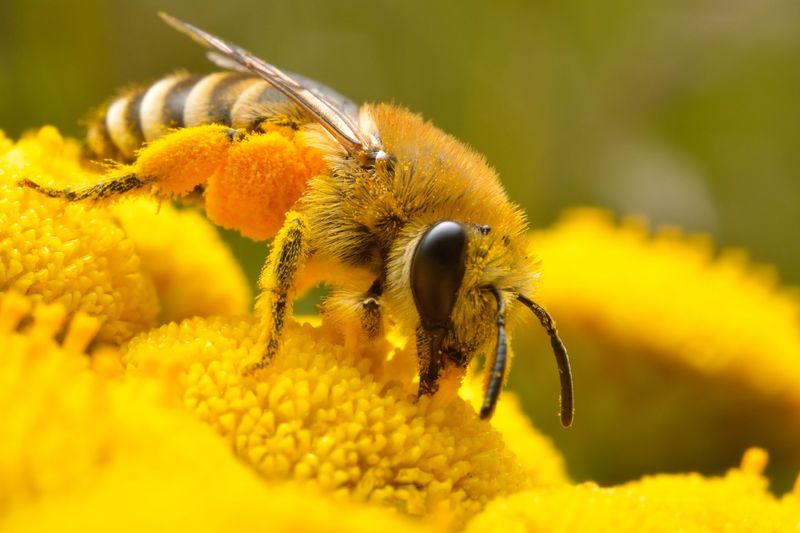
As nature’s champions of pollination, bees are indispensable to the environment and agriculture. By transferring pollen from one flower to another, bees facilitate the reproduction of plants, which is crucial for producing fruits, seeds, and other crops. This natural process supports biodiversity and sustains food chains. The impact of bees on agriculture is profound. They are responsible for the pollination of approximately one-third of the food we consume, including fruits, vegetables, and nuts. The economic value of their pollination services is estimated in billions of dollars globally, underscoring their importance to human sustenance. Beyond agriculture, bees support natural ecosystems by promoting floral diversity. This diversity ensures habitats for various wildlife, contributing to ecological balance and resilience. The decline of bee populations poses a significant threat to these systems, emphasizing the need for conservation efforts. By protecting bees and their habitats, we secure the future of countless species and the health of our planet. Their role as pollination powerhouses highlights the interconnectedness of life and the critical contributions bees make to our world.
6. The Dance Of Communication
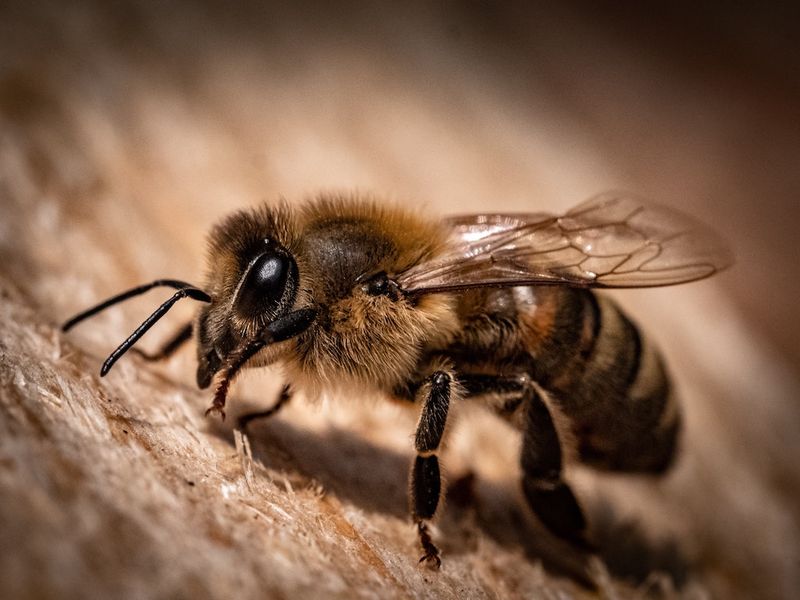
In the enchanting world of bees, communication is key, with the waggle dance being one of their most fascinating methods. This intricate dance performed by worker bees conveys vital information about food sources, including direction and distance. The dance’s rhythm and angle are interpreted by other bees, guiding them to rich foraging grounds. Understanding the waggle dance provides insight into the advanced social behaviors of bees. It demonstrates their ability to share complex information, which is crucial for the survival and efficiency of the hive. By decoding the dance, scientists have unveiled the sophisticated nature of bee communication and its role in their remarkable foraging strategies. The waggle dance is a testament to the intelligence and adaptability of bees, allowing them to thrive in diverse environments. This unique form of communication exemplifies the intricate social structure within bee colonies, fostering cooperation and collective success. It also inspires curiosity about the cognitive abilities of insects and their evolutionary adaptations to ensure survival in a competitive world. The dance of communication is a marvel of natural ingenuity, highlighting the incredible capabilities of these small yet mighty creatures.
7. Beeswax Wonders
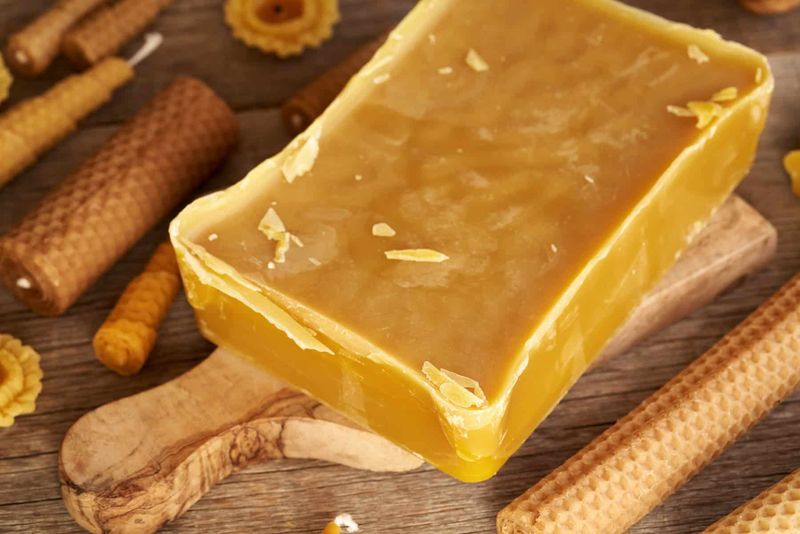
Beeswax, a natural marvel produced by honeybees, serves as the building material for their intricate honeycombs. Secreted by worker bees, this wax forms the iconic hexagonal cells that efficiently house honey, pollen, and larvae. The hexagon’s geometry offers strength and space efficiency, maximizing storage within the hive. The production of beeswax is a labor-intensive process, requiring bees to consume large amounts of honey. It takes approximately eight pounds of honey to produce just one pound of wax, showcasing the dedication and teamwork involved in creating these natural structures. This wax is not only essential for the hive’s architecture but also plays a crucial role in maintaining the hive’s internal environment. Beyond the hive, beeswax has been utilized by humans for centuries. Its versatility extends to products such as candles, cosmetics, and polishes, valued for its natural properties and pleasant aroma. The sustainable nature of beeswax continues to make it a sought-after resource in eco-friendly products. The wonders of beeswax reflect the ingenuity of bees and their ability to create valuable resources that benefit both their colonies and human society. Its multifaceted uses underscore the harmony between nature and human innovation.
8. Stingers With Purpose
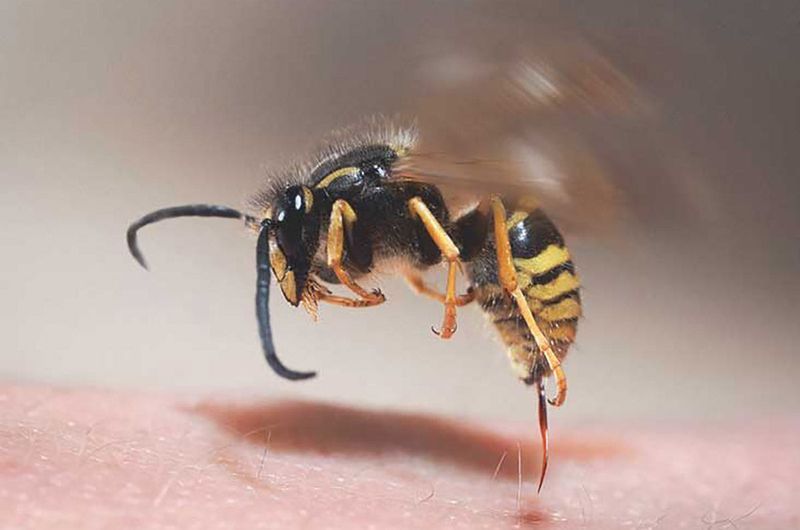
A bee’s stinger serves as both a defense mechanism and a symbol of their resilience. This small yet powerful structure is primarily used to protect the hive from threats, with worker bees readily sacrificing themselves to ensure the colony’s safety. The barbed design of the stinger ensures it lodges into the target, delivering a dose of venom. The act of stinging is often a last resort, as it results in the bee’s death. This selfless behavior highlights the collective nature of bee societies, where individual sacrifice is a testament to the colony’s unity and survival. Understanding the purpose of stingers provides insight into the evolutionary adaptations that have equipped bees with effective defense strategies. Despite their defensive capabilities, bees are generally non-aggressive and sting only when provoked or threatened. Their role as pollinators far outweighs their reputation as stingers, emphasizing their positive contributions to the environment. Education and awareness about bee behavior can foster coexistence, reducing fear and promoting conservation. The stinger’s purpose serves as a reminder of the delicate balance between defense and survival in the natural world, illustrating the intricate adaptations that enable bees to thrive.
9. Honey: Nature’s Gold
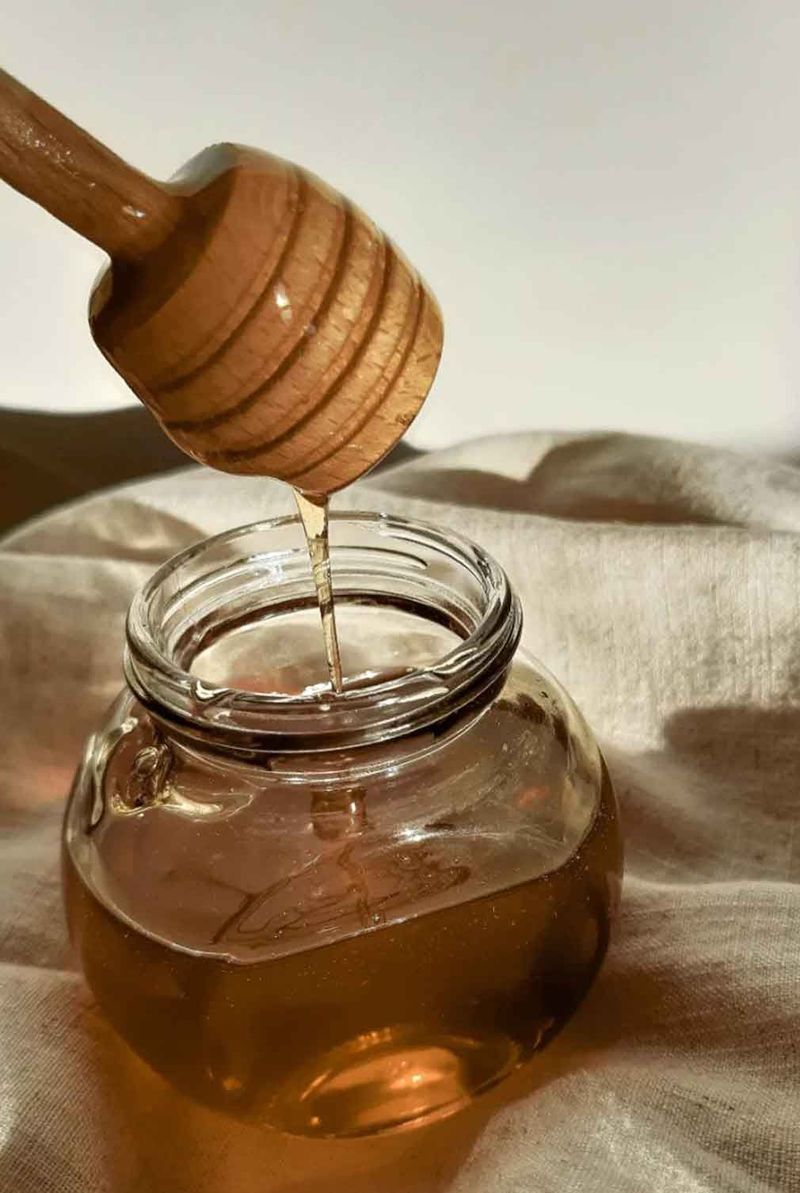
Honey, often referred to as nature’s gold, is a sweet testament to the industrious efforts of honeybees. This natural sweetener is produced from nectar collected by foraging bees, which is then enzymatically transformed and stored in the hive. Honey’s rich flavor and natural preservation qualities have made it a cherished resource for centuries. The process of honey production showcases the remarkable cooperation and efficiency of bees. Worker bees diligently collect nectar, which is then passed through a series of bees before being deposited into honeycombs. Over time, the nectar undergoes evaporation, resulting in the thick, golden liquid known as honey. This process not only demonstrates the bees’ ability to transform natural resources but also their role in creating a sustainable food source. Beyond its culinary uses, honey boasts numerous health benefits, including antimicrobial and antioxidant properties. Its versatility extends to traditional medicine, skincare, and even wound healing. The value of honey lies not only in its sweetness but also in its connection to the environment, reflecting the harmony between bees and the ecosystems they support. Honey is a precious gift from nature, embodying the diligence and creativity of bees.
10. Colony Collapse Disorder
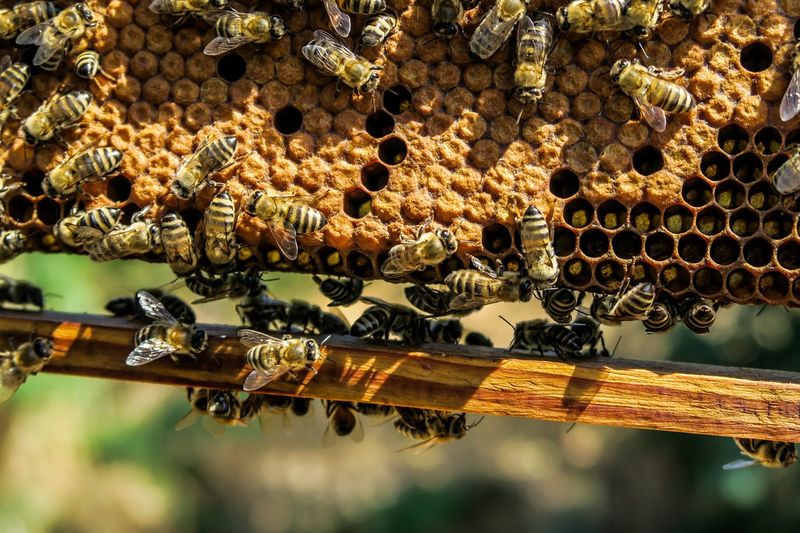
Colony Collapse Disorder (CCD) presents a significant challenge to bee populations worldwide, characterized by the sudden disappearance of worker bees from a hive. This phenomenon has severe implications for agriculture and ecosystems, as bees play a crucial role in pollination. Understanding CCD is essential for addressing its causes and implementing conservation measures. The exact cause of CCD remains elusive, though several factors are suspected, including pesticides, parasites, and environmental stressors. These elements, alone or in combination, weaken bees’ immune systems, making them vulnerable to disease and disorientation. The impact of CCD extends beyond bees, affecting global food production and biodiversity. Efforts to combat CCD focus on research and policy changes, such as reducing pesticide use and promoting biodiversity-friendly farming practices. Beekeepers and scientists are collaborating to monitor bee health and develop strategies to restore bee populations. Public awareness and support for pollinator-friendly initiatives are vital in combating this crisis. CCD serves as a stark reminder of the interconnectedness of ecosystems and the urgent need to protect these vital pollinators for the health of our planet.
11. The Solitary Bees
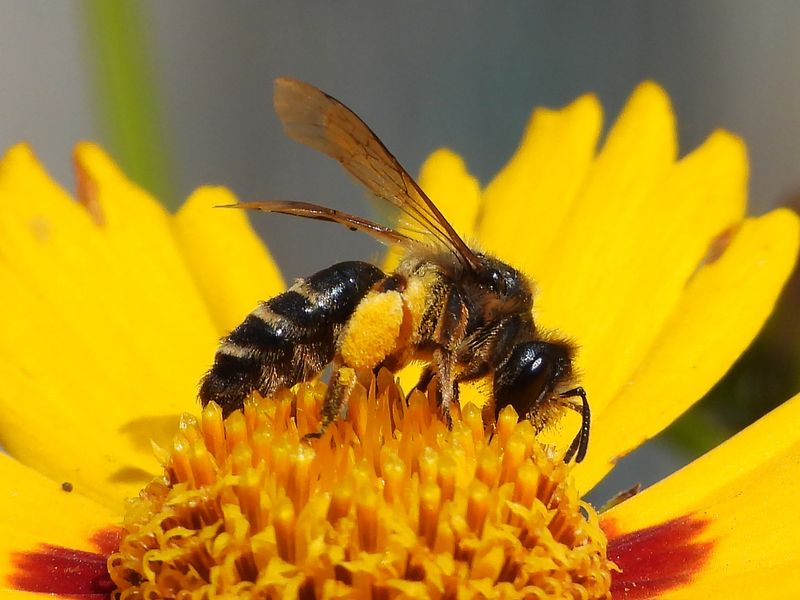
Beyond the social honeybee, solitary bees represent a diverse and fascinating segment of the bee population. Unlike their hive-dwelling counterparts, solitary bees live independent lives, with each female creating her own nest. These bees are essential pollinators, contributing significantly to the health and diversity of ecosystems. Solitary bees exhibit a wide range of nesting behaviors. Some burrow into the ground, while others utilize hollow stems or wood. Each nest is meticulously crafted, with the female providing pollen and nectar for her offspring to consume. This solitary lifestyle allows for a broader range of habitats and ecological niches. Despite their independence, solitary bees are incredibly efficient pollinators. They often have specialized adaptations that enable them to pollinate specific plants. Their role in maintaining plant diversity and supporting agricultural crops is invaluable, yet they are often overlooked in conservation efforts. Raising awareness about solitary bees is crucial for preserving their habitats and ensuring their survival. The solitary bee’s existence highlights the rich tapestry of life within the bee community, showcasing the myriad ways bees contribute to the environment and the richness of biodiversity.
12. Bee Vision
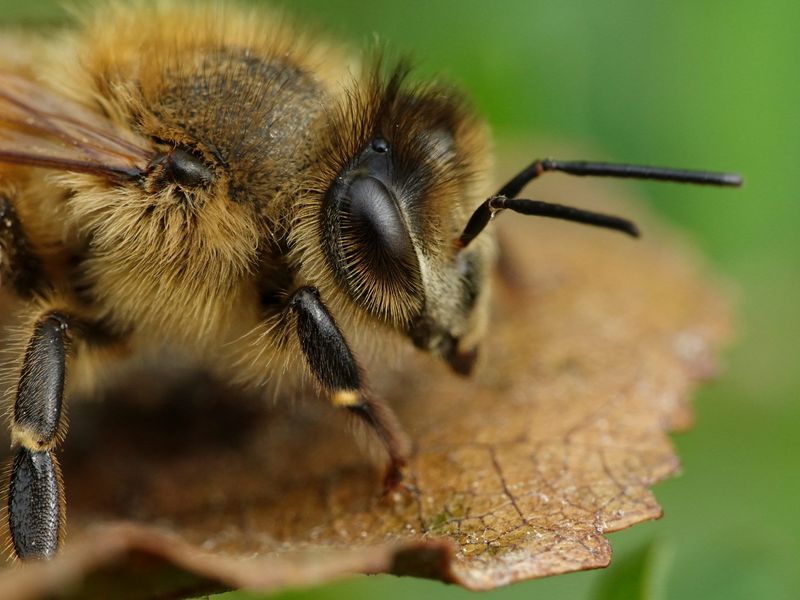
The world appears vastly different through the eyes of a bee, as their vision is uniquely adapted to their ecological role. Bees perceive colors in the ultraviolet spectrum, which is invisible to humans, providing them with a distinct perspective on flowers. This ability aids them in locating nectar-rich blooms, which often display ultraviolet patterns as guides. Understanding bee vision reveals the intricate relationship between bees and flowering plants. Flowers have evolved alongside bees, developing colors and patterns that attract these essential pollinators. The mutualistic relationship enhances pollination efficiency, promoting biodiversity and the survival of both bees and plants. Bee vision also plays a crucial role in navigation. By detecting polarized light, bees orient themselves relative to the sun, enabling them to find their way back to the hive with remarkable accuracy. This sophisticated visual system underscores the evolutionary adaptations that have equipped bees to thrive in their environments. Appreciating bee vision not only deepens our understanding of their ecological contributions but also highlights the wonders of nature’s ingenuity in facilitating complex interactions and survival strategies.
13. Bee-Friendly Gardens
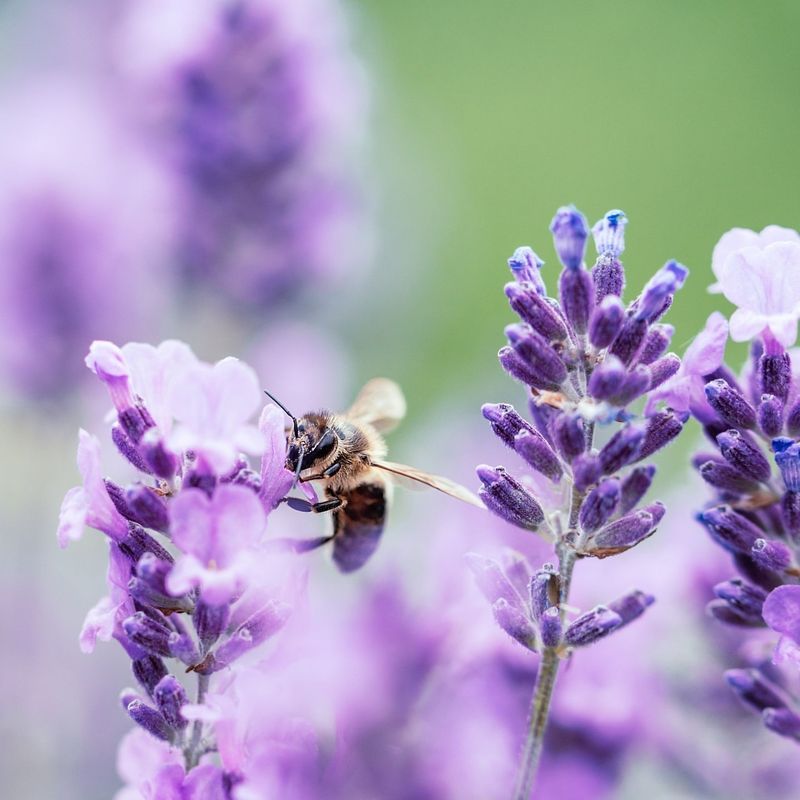
Creating bee-friendly gardens is a simple yet impactful way to support these essential pollinators. By planting a variety of native flowers, herbs, and shrubs, gardeners can provide bees with a consistent source of nectar and pollen throughout the seasons. These gardens become vibrant havens of biodiversity, attracting a range of pollinators. In addition to choosing the right plants, incorporating features such as water sources and sheltered spaces can enhance the garden’s appeal to bees. Small water features provide hydration, while nesting materials like twigs and leaves offer habitat opportunities for solitary bees. Avoiding pesticides is crucial, as chemicals can harm bee populations and disrupt their foraging activities. Bee-friendly gardens not only support bee health but also contribute to the beauty and productivity of the landscape. By fostering a welcoming environment for bees, gardeners play a key role in promoting pollinator populations and ecological balance. This proactive approach to gardening creates a win-win scenario, benefiting both humans and nature, and ensuring the continued health and prosperity of our vital pollinators.
14. Urban Beekeeping
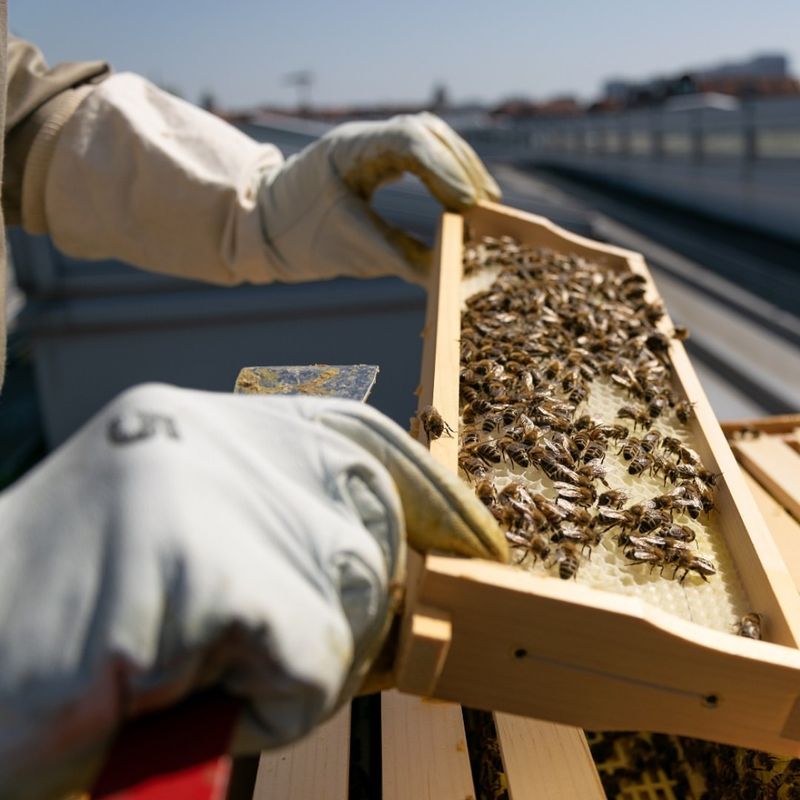
Urban beekeeping has emerged as a popular movement, allowing city dwellers to connect with nature and contribute to ecosystem health. By maintaining beehives on rooftops and in community gardens, urban beekeepers support pollinator populations and enhance biodiversity in urban environments. This practice offers numerous benefits, including the production of local honey and the pollination of urban gardens. Hives in cities can thrive due to the diverse range of flowering plants and the relative lack of pesticides compared to rural areas. Urban beekeeping also fosters community engagement and environmental awareness, bringing people together in support of sustainable practices. Despite its advantages, urban beekeeping requires careful management to ensure the health of the bees and the safety of residents. Beekeepers must adhere to local regulations and maintain hive hygiene to prevent disease and swarming. By promoting responsible beekeeping practices, urban areas can become havens for bees, contributing to their conservation and the well-being of our cities. Urban beekeeping exemplifies the positive impact individuals can have on supporting pollinators, transforming concrete jungles into thriving ecosystems.
15. Bee Conservation Efforts
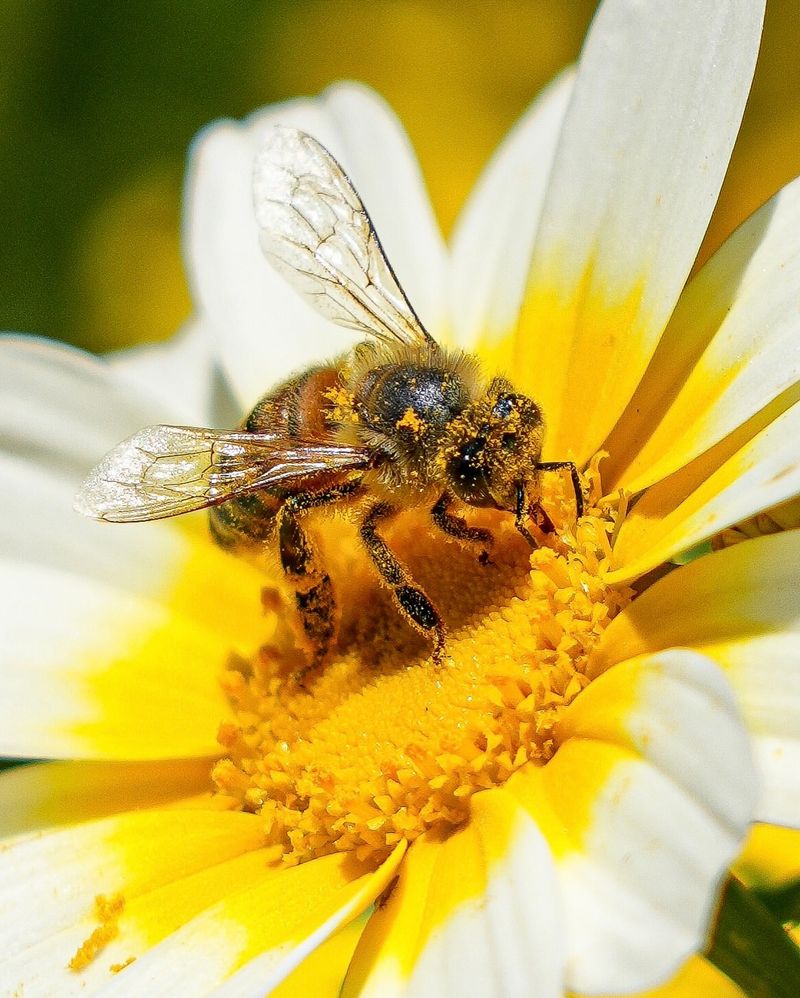
Amidst growing concerns about bee decline, conservation efforts have become vital to safeguarding these crucial pollinators. Organizations and individuals worldwide are working to protect bee habitats, reduce pesticide use, and promote biodiversity-friendly practices. These initiatives aim to address the challenges facing bee populations and ensure their survival. Habitat restoration is a key focus, with efforts to establish wildflower meadows and preserve natural landscapes. These environments provide bees with essential food resources and nesting sites. Reducing pesticide use and promoting organic farming practices help mitigate harmful impacts on bee health and ensure safe foraging areas. Public engagement plays a crucial role in bee conservation. Education and awareness campaigns encourage people to support pollinator-friendly practices and advocate for policy changes. By fostering a collective commitment to bee protection, communities can drive positive change. Bee conservation efforts highlight the power of collaboration in addressing environmental challenges and securing a sustainable future for both bees and humans. Through concerted efforts, we can protect these vital pollinators and preserve the ecosystems they sustain.
16. Bees in Mythology And Culture
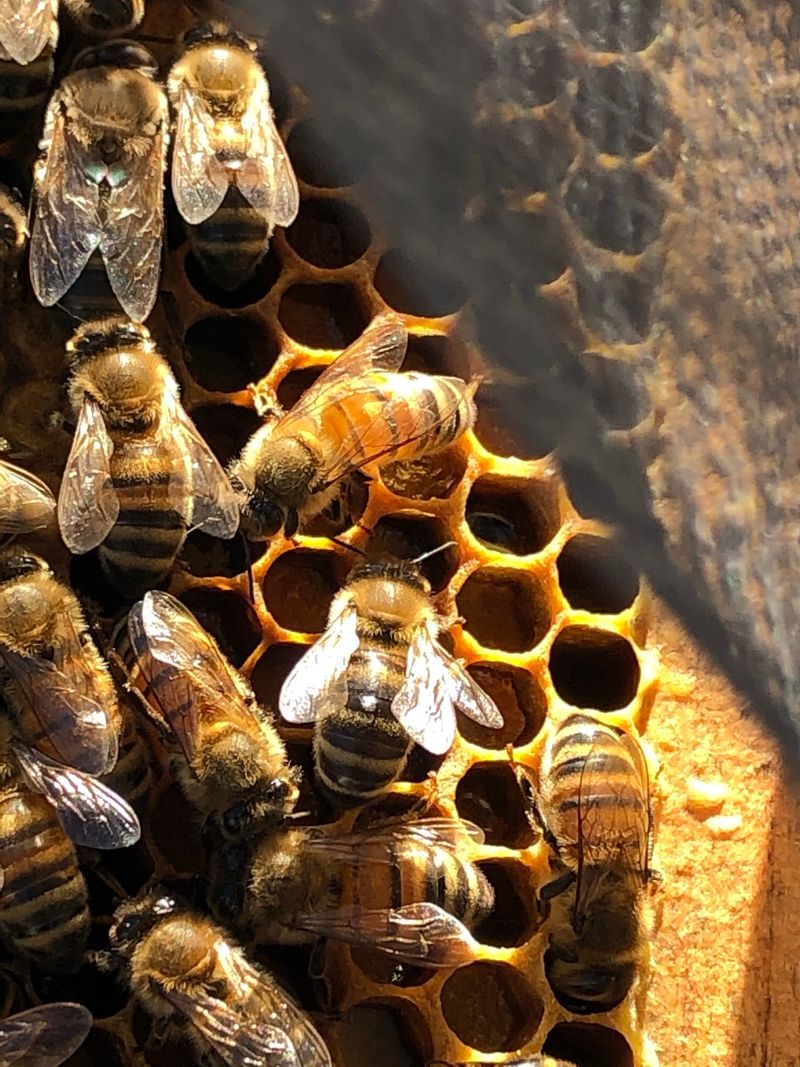
Throughout history, bees have held a prominent place in mythology and culture, symbolizing attributes like diligence, community, and prosperity. In ancient Greek mythology, bees were associated with the gods and believed to be messengers of the divine. The bee’s industrious nature and production of honey, often seen as a sacred substance, reinforced their mystical status. In various cultures, bees have been revered as symbols of harmony and cooperation. The careful organization of the hive and the bees’ collaborative work ethic have inspired human societies to emulate their efficiency and unity. This symbolism extends to art and literature, where bees are often depicted as models of teamwork and resilience. The cultural significance of bees continues today, influencing practices such as beekeeping and the celebration of World Bee Day. These traditions honor the bee’s contributions to the environment and emphasize the importance of protecting pollinators. Bees in mythology and culture serve as a reminder of humanity’s enduring fascination with these remarkable creatures and the lessons they impart about living in harmony with nature. Their legacy highlights the deep connection between bees and human civilization.
17. The Decline Of Bee Populations
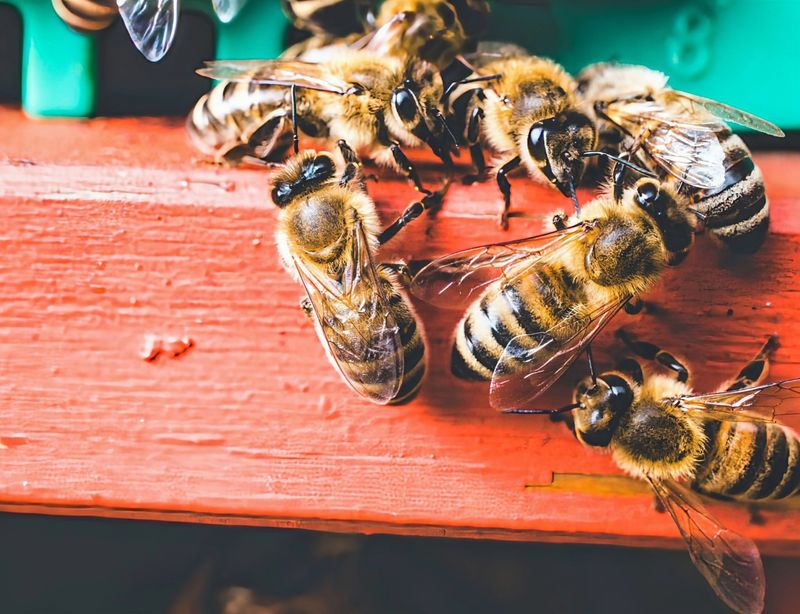
The decline of bee populations is a pressing environmental issue with far-reaching implications for biodiversity and agriculture. Factors contributing to this decline include habitat destruction, pesticide exposure, climate change, and disease. These stressors collectively threaten the survival of bees, highlighting the urgent need for conservation efforts. Habitat loss, driven by urbanization and agricultural expansion, reduces the availability of nesting sites and foraging resources for bees. Pesticides, particularly neonicotinoids, have been implicated in bee mortality, affecting their behavior and immune systems. Climate change exacerbates these challenges by altering flowering times and disrupting ecological balances. Addressing the decline of bee populations requires a multifaceted approach, involving habitat restoration, sustainable farming practices, and policy changes to reduce pesticide use. Public awareness and advocacy are crucial in driving initiatives that support bee conservation. Understanding the interconnectedness of ecosystems and the role of bees within them emphasizes the importance of protecting these vital pollinators. By taking collective action, we can mitigate the factors contributing to bee decline and ensure a resilient future for both bees and the ecosystems they support.
18. The Role Of Pheromones
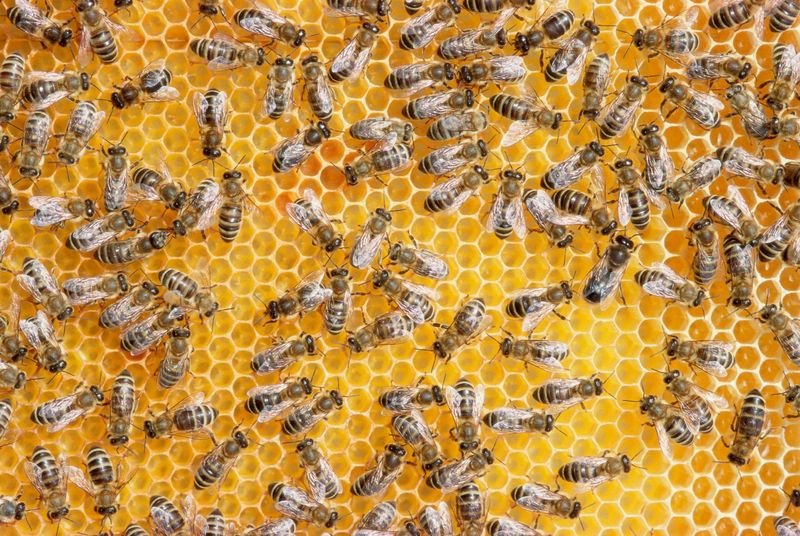
Pheromones play an essential role in the communication and organization of bee colonies. These chemical signals regulate various aspects of hive life, from maintaining social structure to coordinating activities. The queen bee’s pheromones are particularly influential, ensuring harmony and productivity within the colony. Worker bees rely on pheromones to communicate information about food sources, threats, and the hive’s status. For instance, the release of alarm pheromones alerts bees to danger, prompting them to defend the hive. Pheromones also guide bees to locate food sources through scent trails, enhancing foraging efficiency. The complexity of pheromone communication underscores the sophistication of bee societies. Understanding these chemical cues provides insight into the mechanisms that sustain hive cohesion and adaptability. Pheromones highlight the intricate balance of social interactions within bee colonies, reflecting the evolutionary innovations that have enabled bees to thrive. This knowledge not only deepens our appreciation for bee ecology but also informs conservation efforts aimed at preserving these vital pollinators and their ecosystems.
19. The Lifecycle Of A Bee
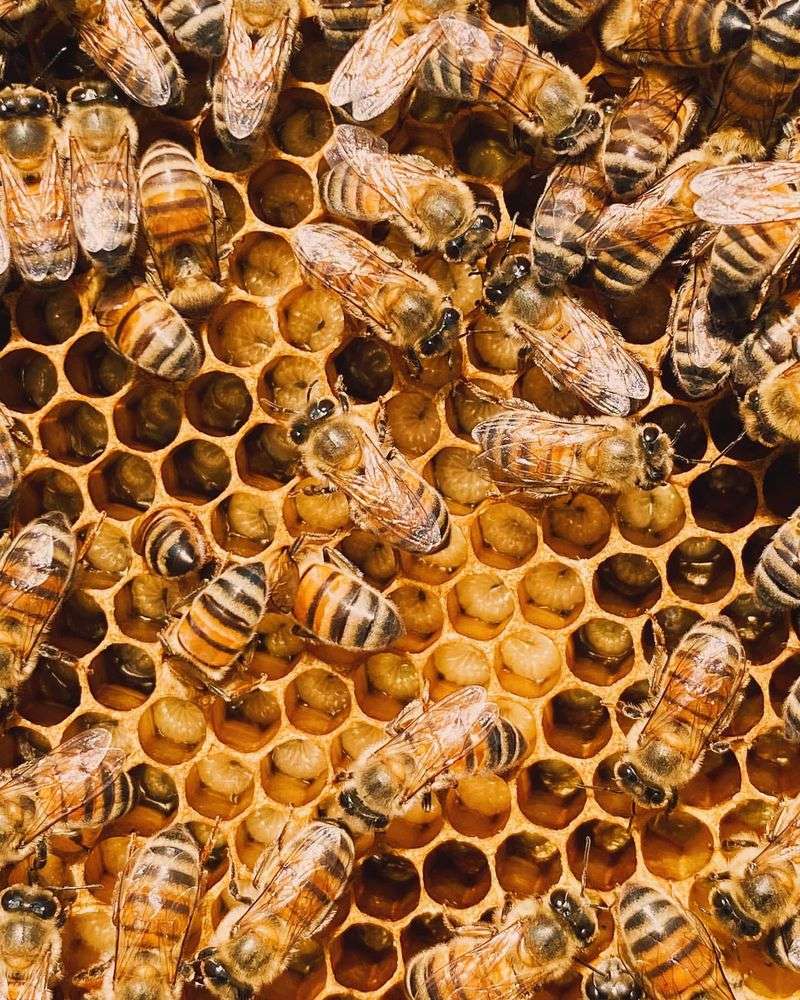
The lifecycle of a bee is a fascinating journey that begins with a tiny egg laid by the queen. Each stage of development—egg, larva, pupa, and adult—reveals the intricate processes that shape bee growth and colony dynamics. Understanding this lifecycle is pivotal for appreciating the complexity and resilience of bee communities. Once hatched, larvae are nourished by worker bees with a diet rich in royal jelly, pollen, and honey. This nourishment is critical for their growth and development. Larvae eventually spin protective cocoons, entering the pupal stage, where they undergo metamorphosis, transforming into adult bees. The transformation from pupa to adult bee signifies the culmination of a meticulously orchestrated developmental process. Adult bees emerge, ready to fulfill their roles within the hive, whether as workers, queens, or drones. This lifecycle not only illustrates the adaptability of bees but also the collaborative efforts required for a colony’s success. Through each stage, bees demonstrate resilience and cooperation, epitomizing nature’s intricate design. The lifecycle of a bee is a testament to the wonders of natural evolution and the vital role bees play in maintaining ecological balance.
20. Bumblebees: The Fuzzy Giants
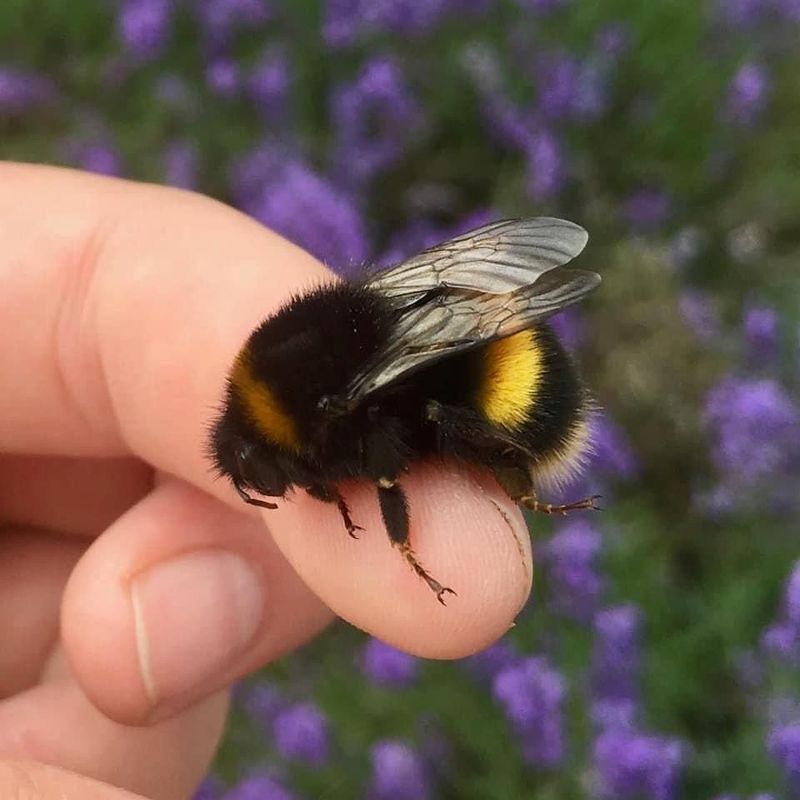
Bumblebees, with their large and fuzzy appearance, are a familiar and charismatic sight in gardens and wild landscapes. Unlike honeybees, bumblebees lead shorter, more solitary lives, with only the queen surviving the winter to establish new colonies in the spring. These bees are vital pollinators, known for their ability to pollinate plants that other bees cannot. One of the bumblebee’s remarkable features is its ability to perform buzz pollination, a technique involving rapid wing movements to release pollen from flowers. This unique ability makes bumblebees effective pollinators for crops like tomatoes and peppers, which require this method for successful pollination. Despite their importance, bumblebee populations face threats similar to other bees, including habitat loss and pesticide exposure. Conservation efforts are crucial to protect these fuzzy giants and the ecosystems they support. By fostering bumblebee-friendly environments and raising awareness about their role, we can ensure their continued presence in our landscapes. Bumblebees exemplify the diversity within the bee family, showcasing the specialized adaptations that enable these pollinators to thrive and highlighting the need for concerted conservation efforts.
21. The Art Of Bee-Keeping
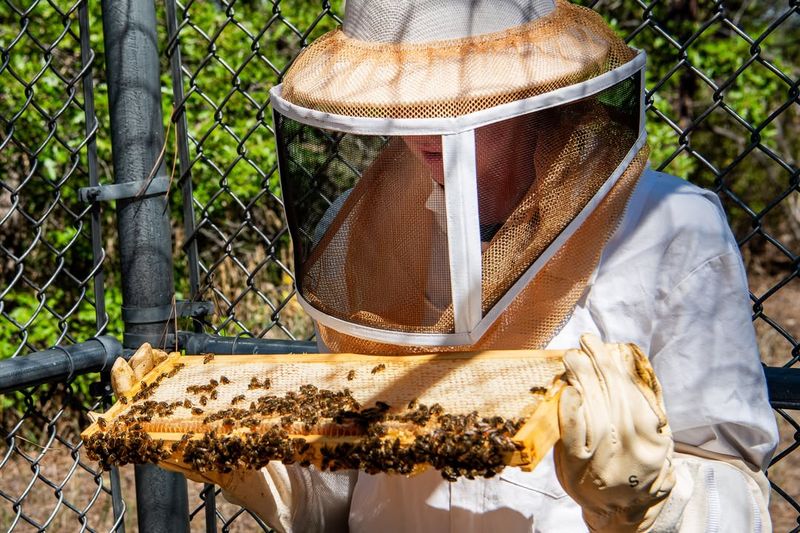
The ancient art of beekeeping is both a science and a tradition, providing insights into the symbiotic relationship between humans and these remarkable insects. Through careful management of bee colonies, beekeepers not only harvest honey but also contribute to the health and sustainability of bee populations. Beekeeping requires a deep understanding of bee behavior, biology, and environmental factors. Beekeepers must ensure hive health by monitoring for diseases, managing swarming, and maintaining adequate food supplies. This hands-on approach fosters a connection to nature and an appreciation for the delicate balance within ecosystems. Modern beekeeping also plays a crucial role in agricultural pollination, supporting crop yields and food security. As stewards of these vital pollinators, beekeepers advocate for sustainable practices and raise awareness about the challenges facing bees. The art of beekeeping represents a commitment to preserving biodiversity and fostering harmonious coexistence with nature. As we continue to learn from these industrious insects, beekeeping remains an enduring testament to the mutual benefits of human-bee interactions and their role in enriching our world.
22. Mason Bees: Nature’s Architects
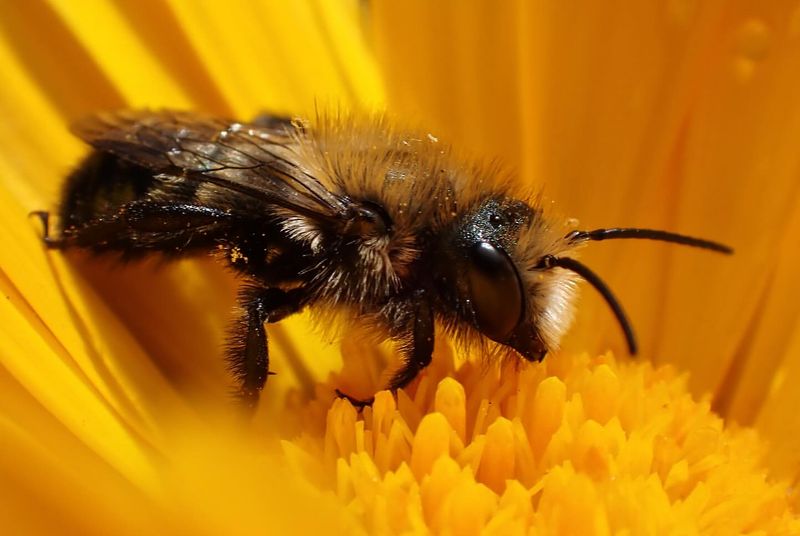
Mason bees, named for their habit of constructing nests using mud, are among nature’s most efficient pollinators. These solitary bees build their nests in natural cavities like hollow stems and wood, showcasing their adaptability and resourcefulness. Their nesting behavior exemplifies the diverse strategies bees employ to thrive. Mason bees are crucial in early spring, emerging when many plants begin to bloom. Their effectiveness as pollinators is due to their unique pollen-gathering technique, carrying pollen on their abdomen rather than in pollen baskets. This method results in more pollen being transferred between flowers, making mason bees indispensable for fruit trees and other crops. Despite their solitary nature, mason bees contribute significantly to biodiversity and ecosystem health. Supporting their populations involves providing nesting sites and ensuring access to a variety of flowering plants. By appreciating and fostering mason bees, we can enhance pollination services and promote ecological resilience. Mason bees, as nature’s architects, highlight the ingenuity of bees in fulfilling their ecological roles and the importance of preserving the diverse species within the bee community.
23. The Science Of Bee Memory
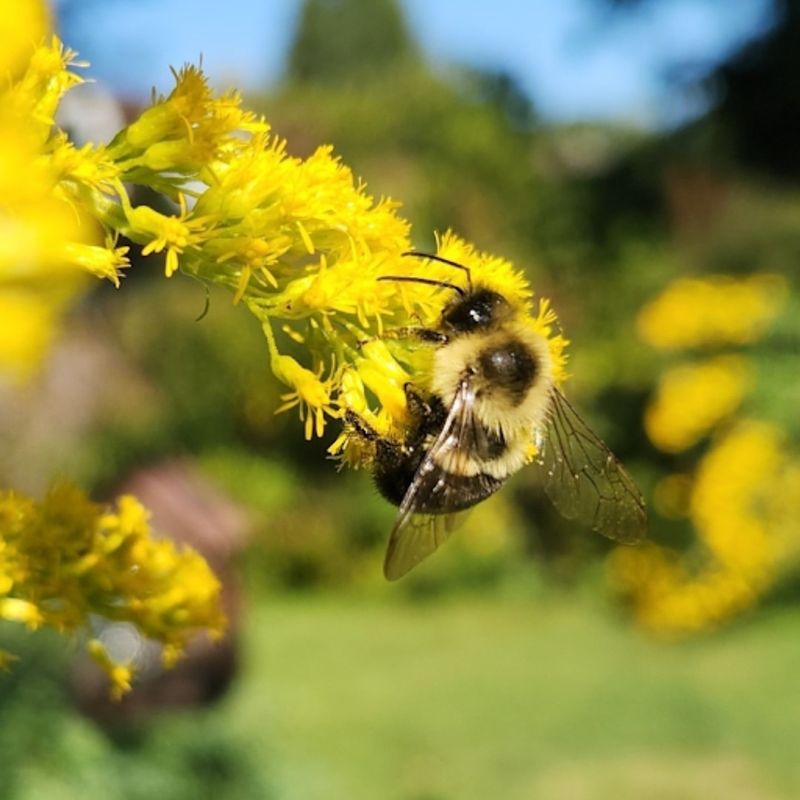
The science of bee memory reveals the remarkable cognitive abilities of these insects, which are vital for their survival and ecological roles. Bees possess an impressive capacity for learning and memory, enabling them to navigate complex environments and locate food sources efficiently. Bees use spatial memory to remember the locations of flowers and orient themselves relative to the sun. This ability allows them to forage effectively over large areas, maximizing their energy expenditure and contributing to their colony’s success. Their memory skills are not limited to navigation; bees can also be trained to associate specific scents and colors with food rewards. Research into bee memory provides valuable insights into neural processes and the evolution of cognition in insects. Understanding how bees learn and remember can inform conservation strategies, ensuring that environmental changes do not disrupt their foraging patterns. The science of bee memory underscores the sophistication of these small creatures and their capacity to adapt to changing landscapes. Their cognitive prowess exemplifies the intricate balance of nature’s systems and the evolutionary innovations that enable bees to play a pivotal role in maintaining biodiversity.
24. The Importance Of Wild Bees
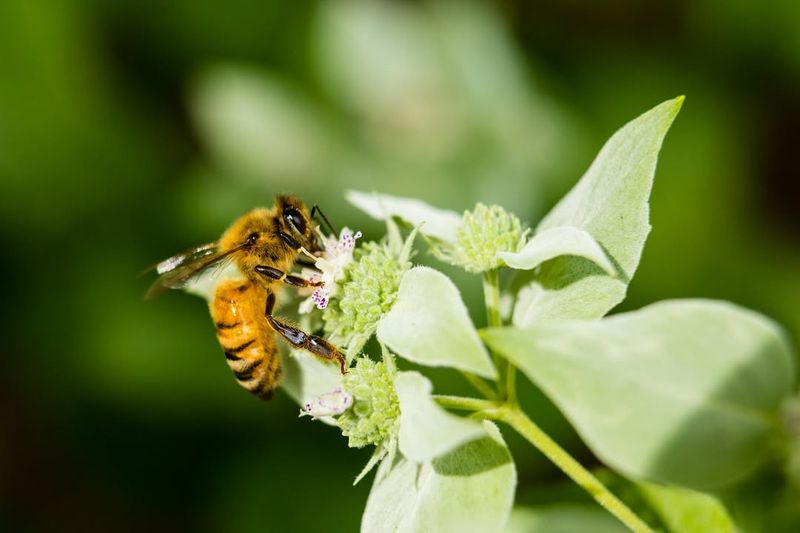
Wild bees, encompassing a vast array of species beyond honeybees, are crucial contributors to pollination and ecosystem health. These bees, often solitary, exhibit an incredible diversity in size, shape, and behavior, allowing them to pollinate a wide variety of plants. Their role is vital for maintaining biodiversity and supporting agricultural productivity. Wild bees are often more effective pollinators than managed honeybees, as they can access flowers with specialized structures. Their activity ensures the reproduction of numerous plant species, promoting genetic diversity and ecological resilience. The presence of wild bees can enhance crop yields, making them indispensable allies for farmers. Conserving wild bee populations involves protecting their habitats and reducing threats such as habitat destruction and pesticide exposure. Creating wildflower-rich landscapes and supporting organic farming practices benefit these pollinators. The importance of wild bees lies in their contributions to the intricate web of life, highlighting the need for conservation efforts that recognize the value of all bee species. By fostering environments that support wild bees, we can ensure the health and sustainability of ecosystems for generations to come.
25. Bee Genetics And Breeding
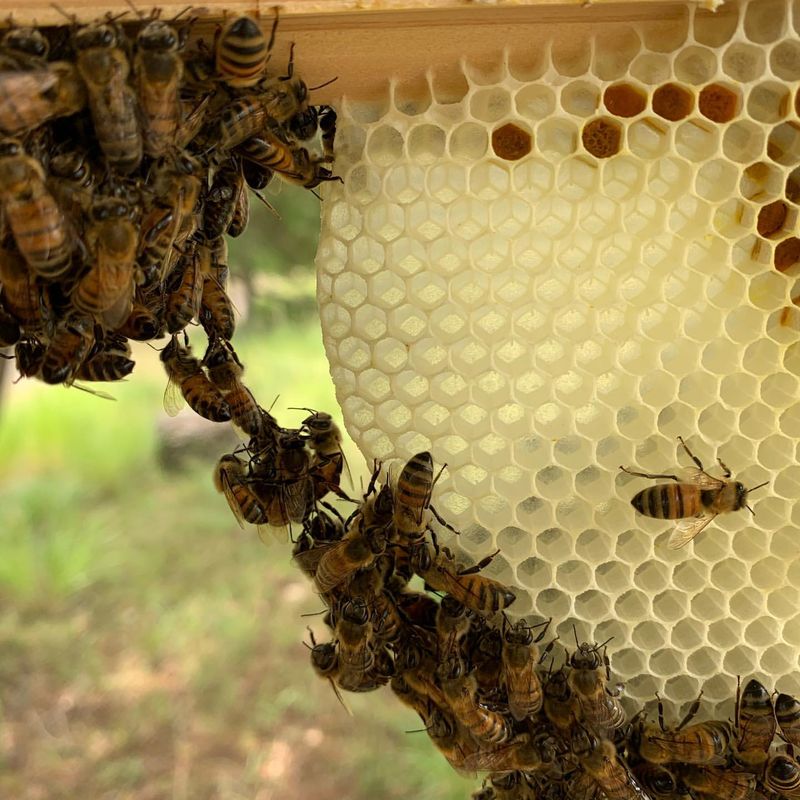
Research into bee genetics and breeding holds the potential to enhance bee health and resilience, addressing challenges such as disease and environmental stressors. Understanding the genetic makeup of bees allows scientists to identify traits that contribute to their adaptability and productivity, informing conservation and management strategies. Selective breeding programs aim to improve traits like disease resistance, honey production, and climate adaptability. By focusing on genetic diversity, these initiatives seek to create robust bee populations capable of thriving in changing environments. Genetic research also aids in identifying and preserving rare and native bee species, ensuring biodiversity. Ethical considerations are paramount in bee breeding, as maintaining genetic diversity is crucial for the long-term health of bee populations. Collaboration between scientists, beekeepers, and conservationists is essential to balance the benefits of genetic manipulation with the preservation of natural bee populations. Bee genetics and breeding represent a promising frontier in the quest to sustain pollinator populations, highlighting the importance of scientific innovation and collaboration in ensuring the future of bees and the ecosystems they support.
26. The Global Impact Of Bees
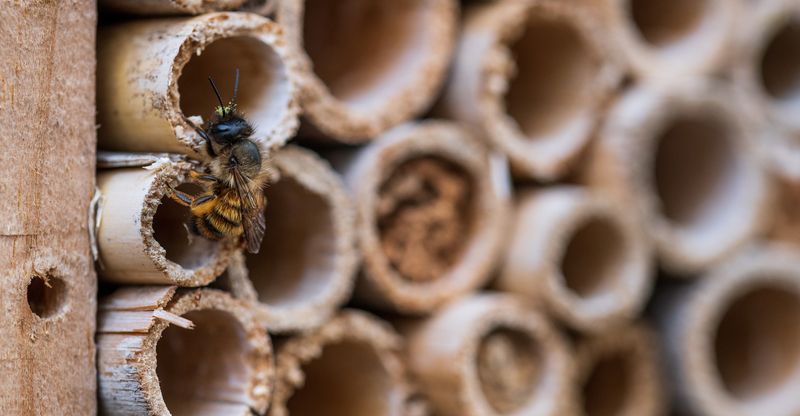
Bees wield a global impact that extends far beyond their immediate environment, playing a pivotal role in agricultural productivity and ecosystem stability. As primary pollinators for many crops, bees contribute to the global food supply, influencing economies and livelihoods worldwide. The decline of bee populations poses a serious threat to food security and biodiversity. Their pollination services are integral to the production of fruits, vegetables, nuts, and seeds. This contribution affects not only human diets but also the viability of agricultural industries. Bees’ global impact underscores the interconnectedness of ecosystems and the importance of maintaining bee health for planetary well-being. Addressing the challenges facing bees requires international cooperation and policy initiatives that promote sustainable practices. Conservation efforts must prioritize habitat preservation, pesticide reduction, and public education. The global impact of bees highlights the need for collective action to protect these vital pollinators and ensure a sustainable future for all. By valuing and safeguarding bee populations, we uphold the health of ecosystems and the diversity of life they support, fostering resilience in the face of environmental change.

